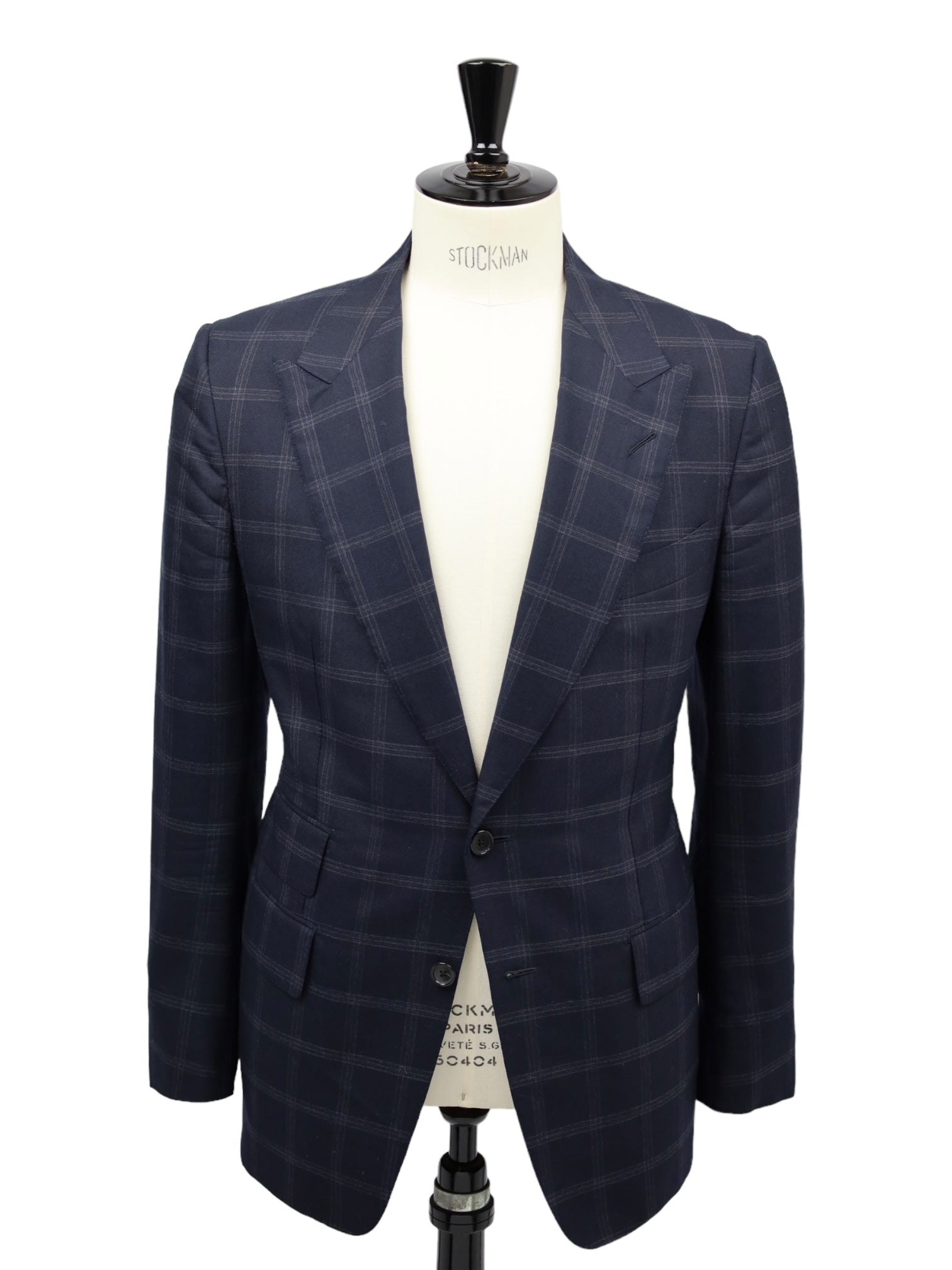
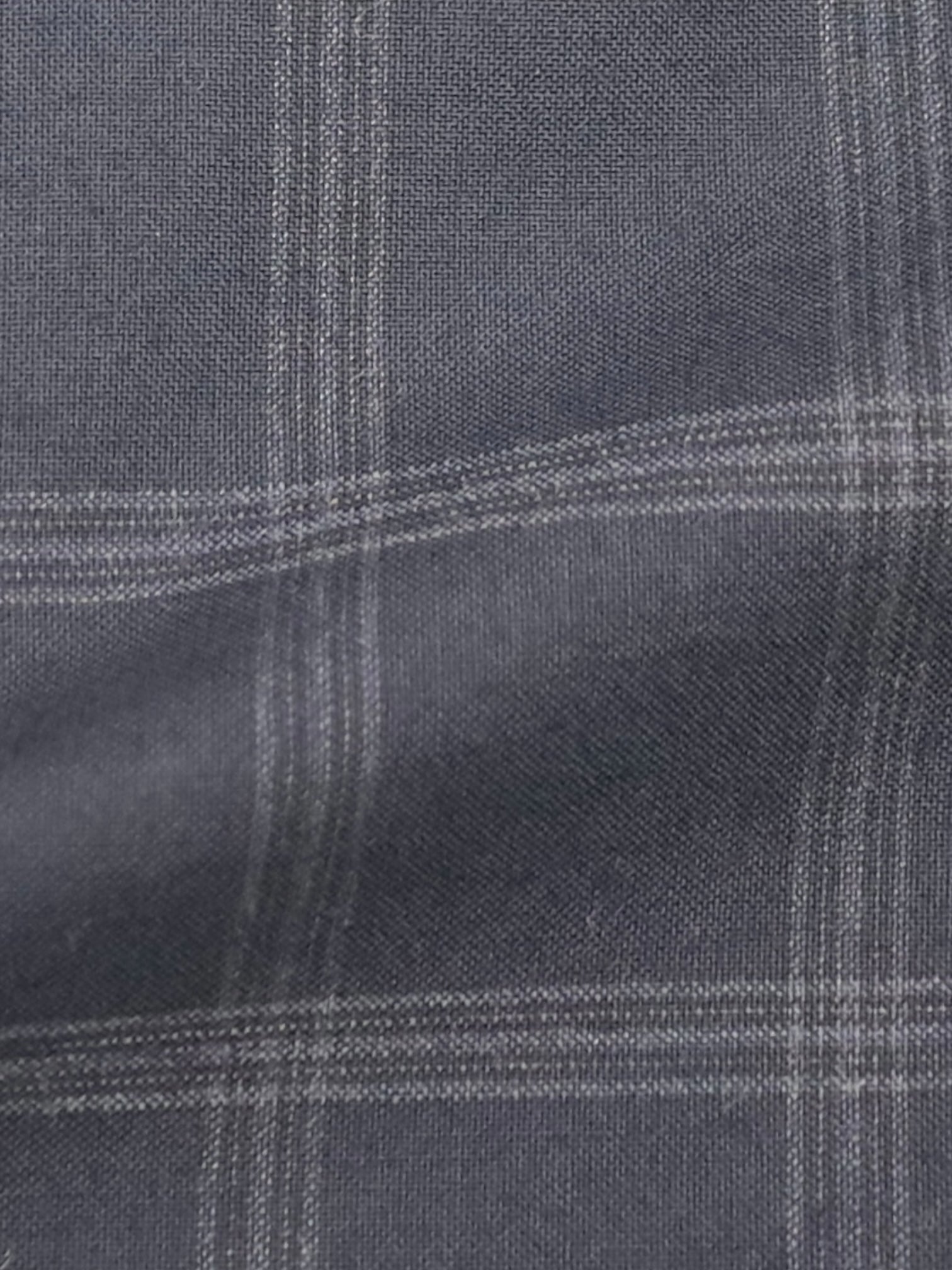
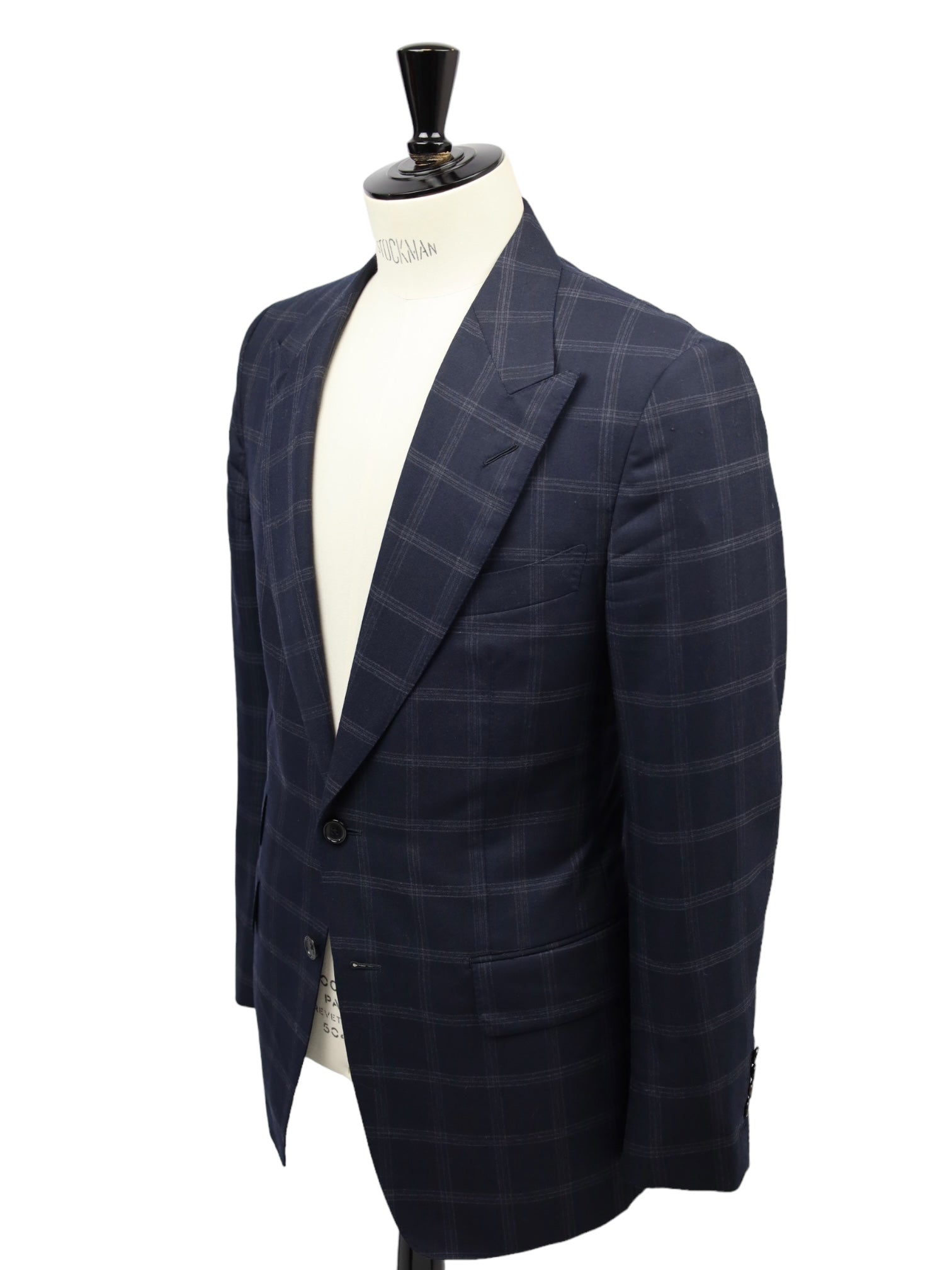
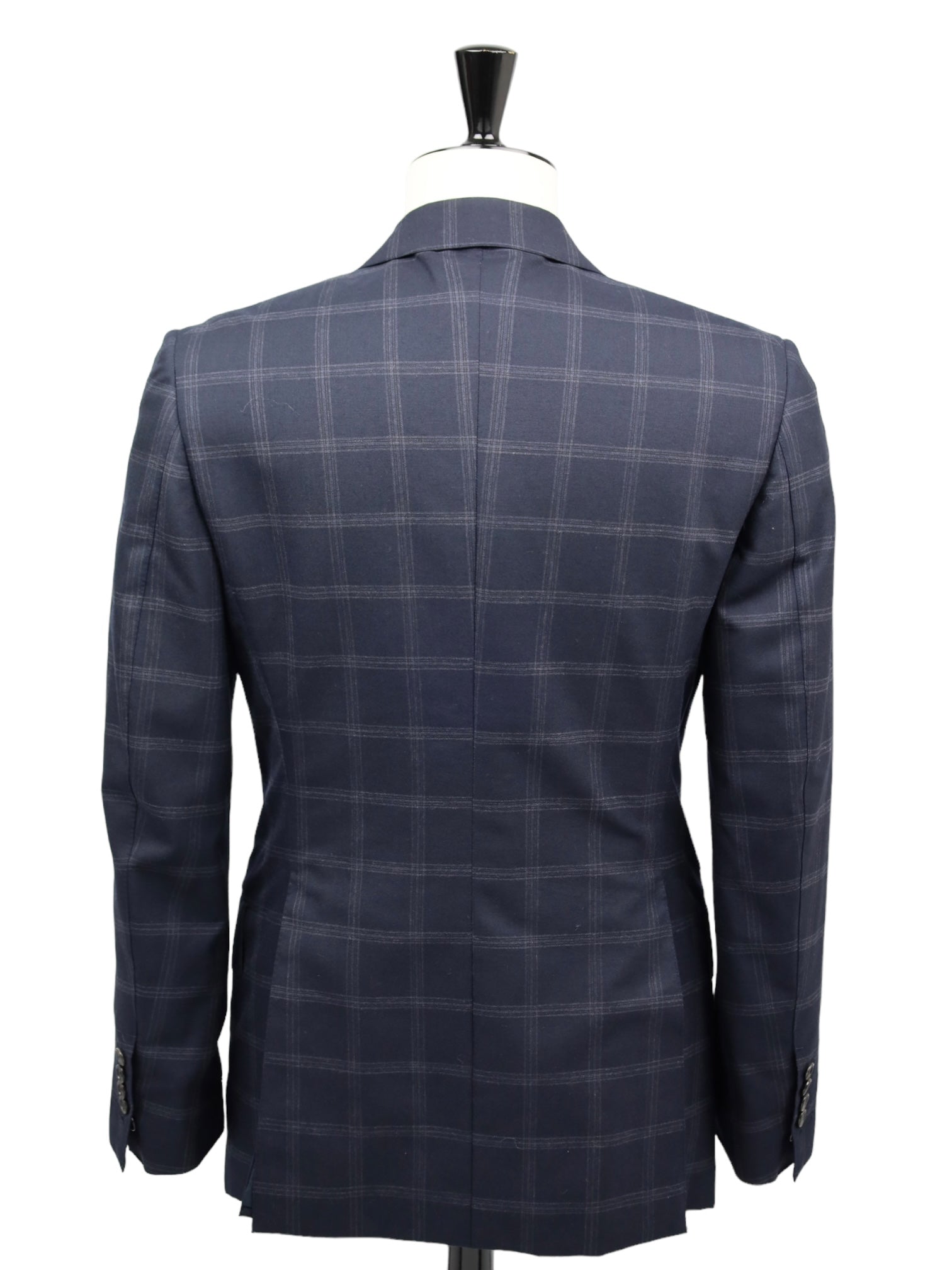
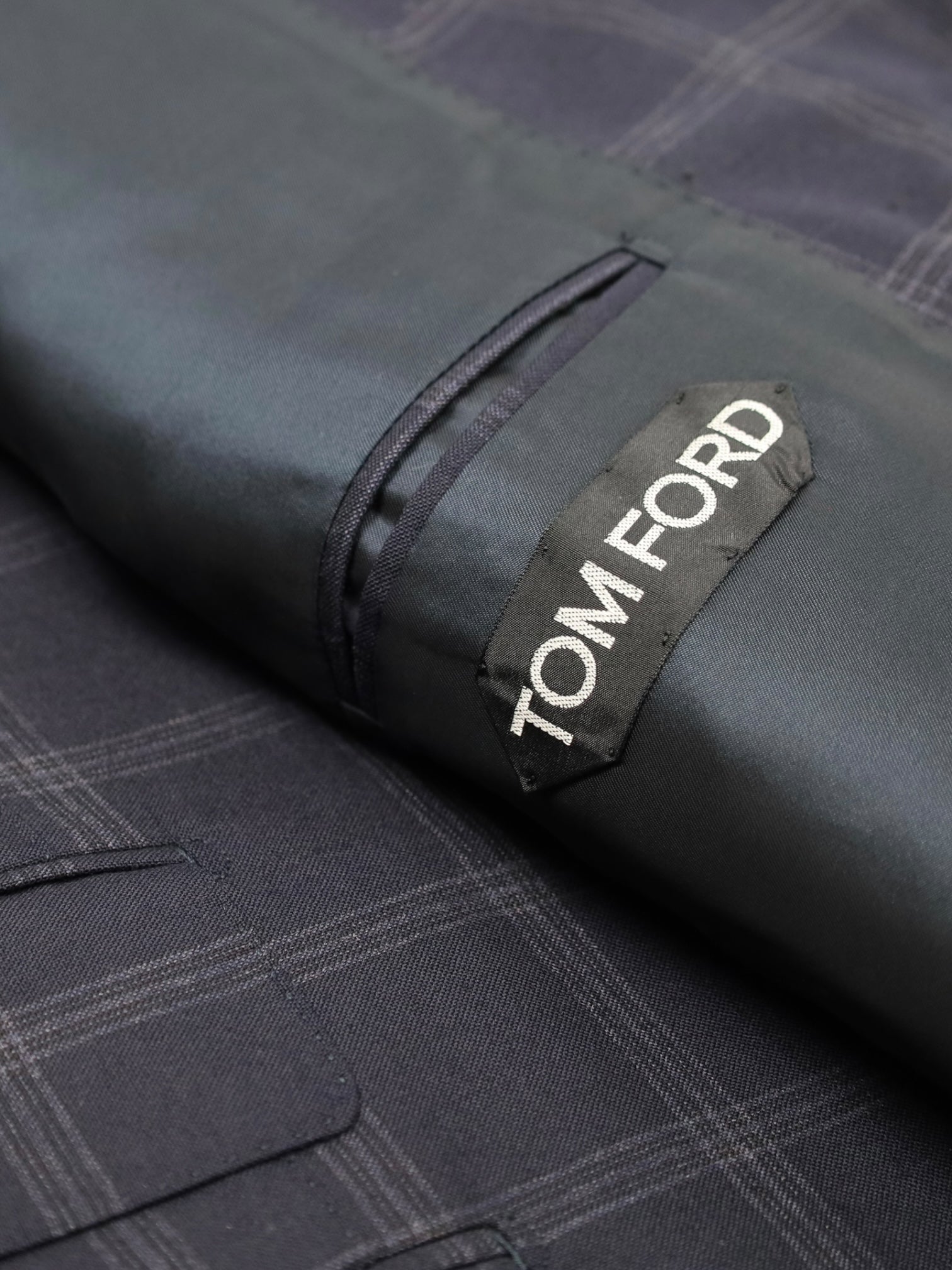
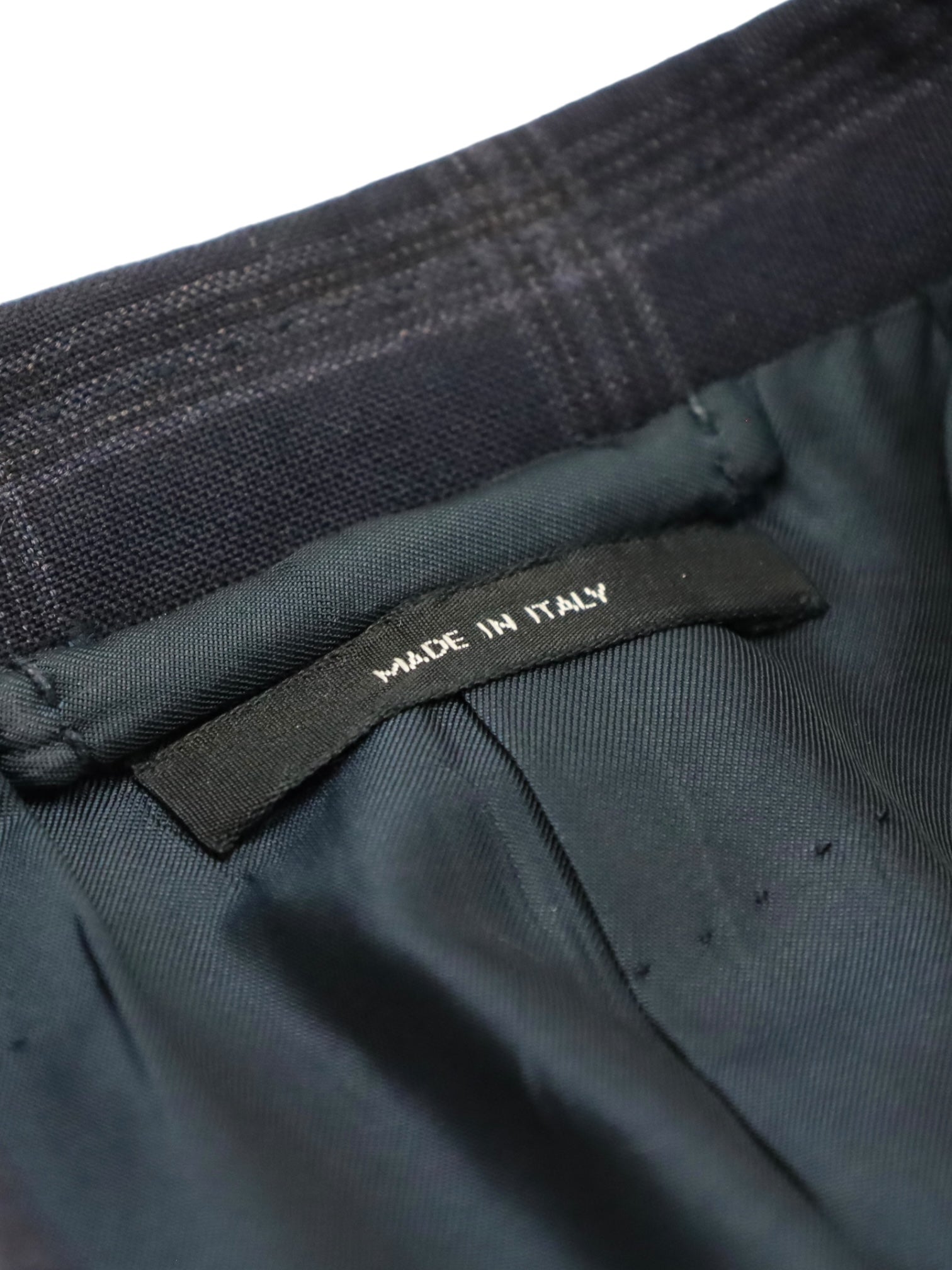
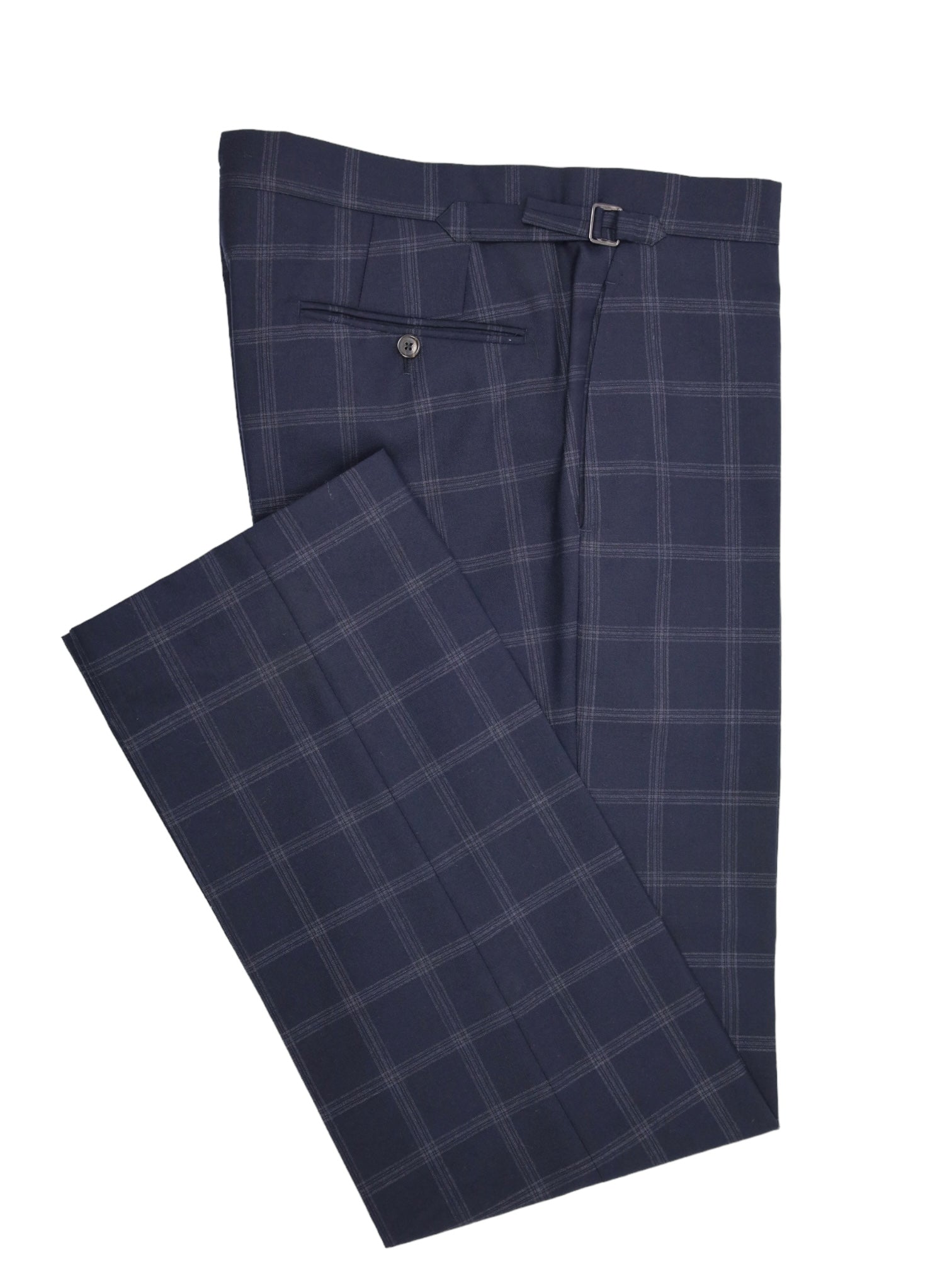
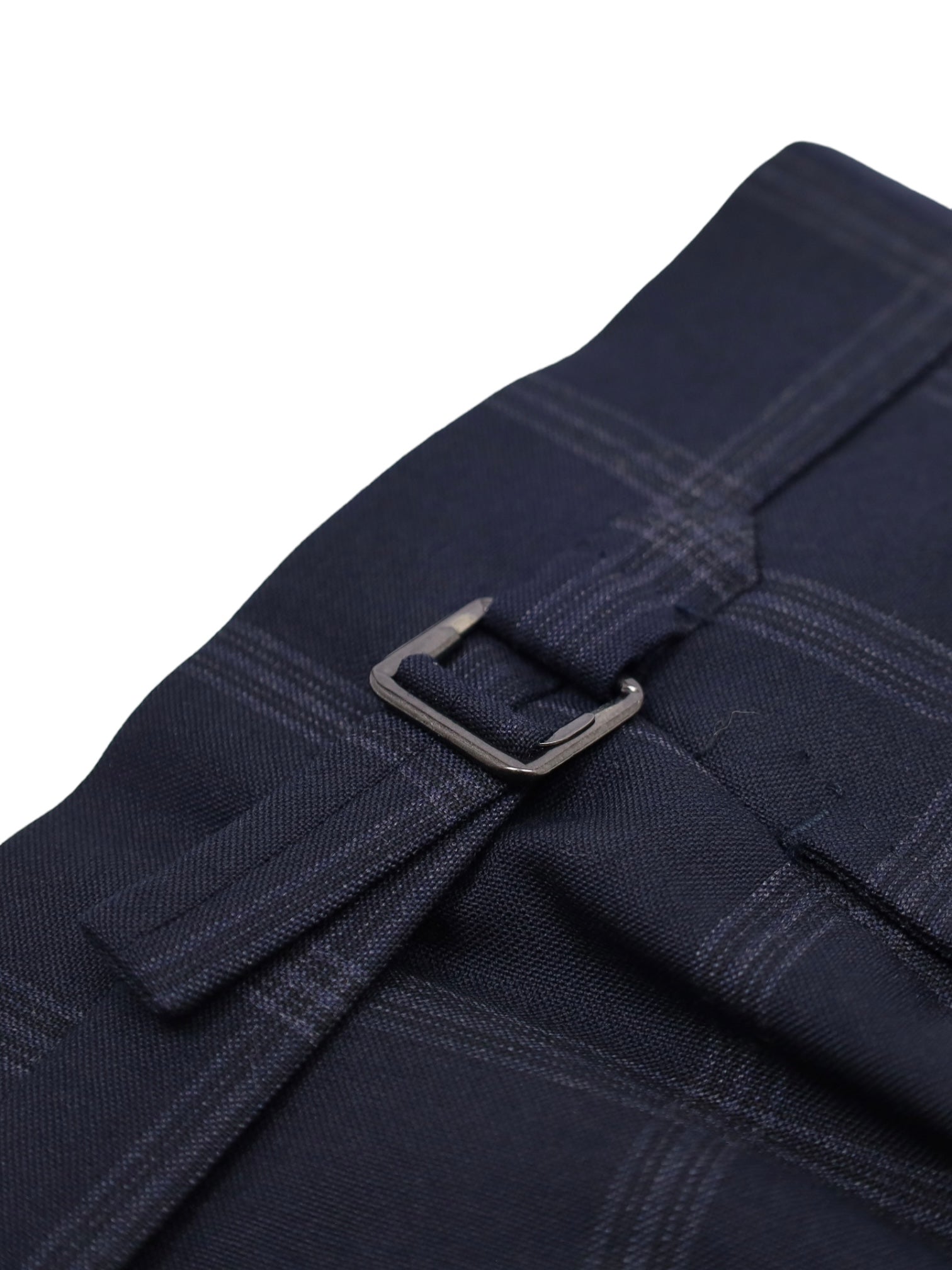
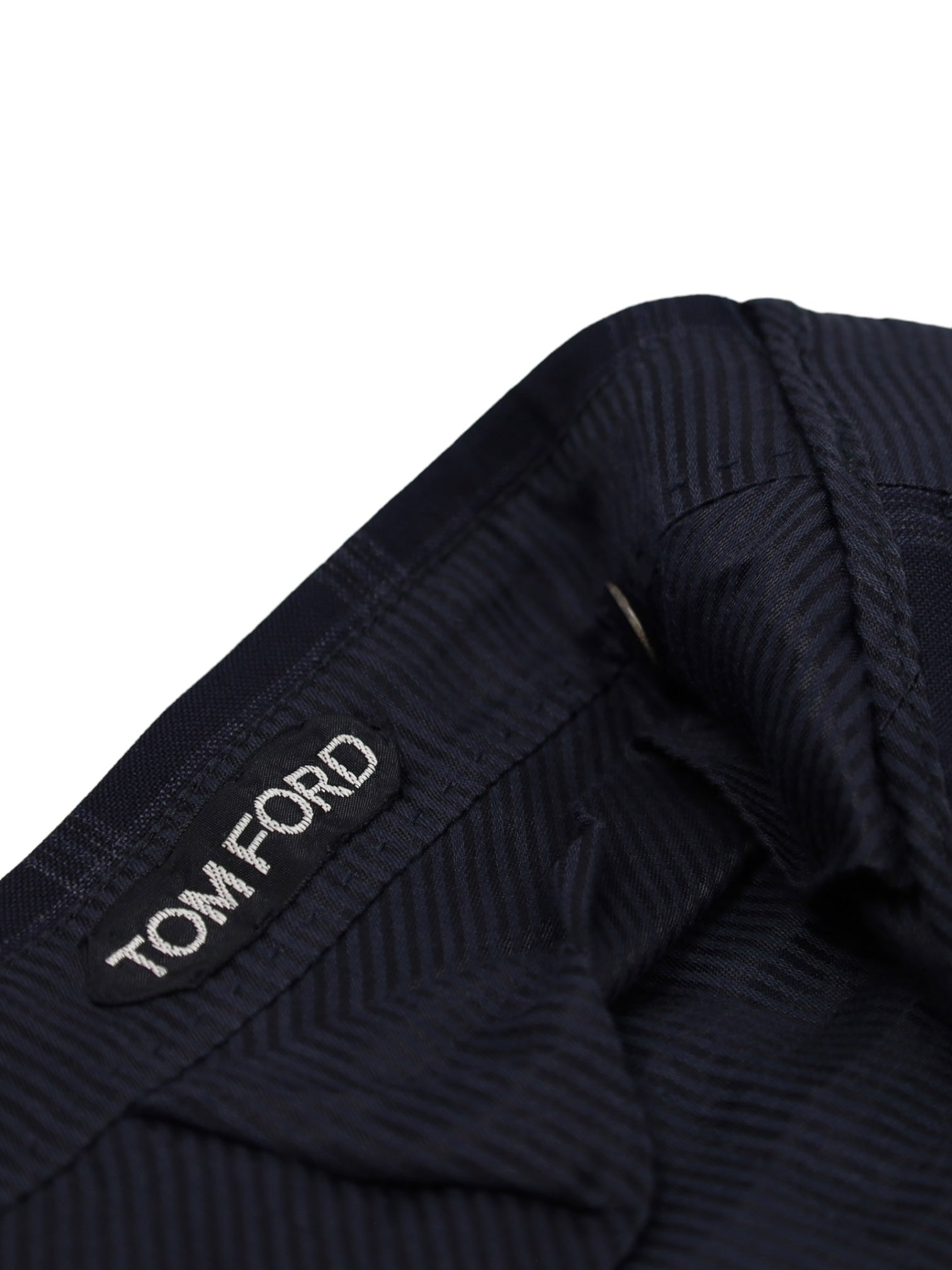
Tom Ford Dark Brown Windowpane Suit
52 IT / 42 US / Large
With Tom Ford’s tailoring you’ll possess the charisma of James Bond. This classic look, cut from a pure wool, contains sharp padded - roped - shoulders, broad peak lapels, slightly suspended around the waist, elongated legs which result in the ultimate masculine look. Discover the elaborated sartorial details below.
Most of Tom Ford’s garments are manufactured in Italy and Switzerland. A Tom Ford suit takes eight weeks to craft – and the process begins with the choice of fabric. Tom Ford’s wool fabrics are spun in England on 18th-century machines while its wool-silk and wool-cashmere blends are made in northern Italy. A tailor or seamstress devotes nineteen hours of exceptional care to ensure the longevity of the - tailored - garment.
Composition: 100% Wool
Color: Dark Brown
Pattern: Windowpane
See how we measure our sartorial items
Discover the customization possibilities by visiting our tailor alteration guide
Complimentary Shipping for orders over 200€ in the Netherlands, 500€ in the EU and 1000€ outside of the EU.
Shipping cost for orders under the minimum price depend on your country.
Right of return 14 days. The Return is at the customer’s charge.
Let us know if you want to return the item within 48 hours from the delivery.
Customs duties depend on your country. There may be additional charges from the courier.
Please ensure to check the measurements and review our quality control comments (if stated) to ensure the item meets your expectations. Return shipments have an impact on both the environment and economy.
General Note: While we inspect each item to ensure its quality, please note that minor imperfections may be present due to the preloved nature of the garments. We strive to represent every item accurately, but subtle signs of wear may sometimes go unnoticed. We appreciate your understanding and commitment to sustainable luxury.
Choose options









Discover the
Sartorial Details
Full Canvas Construction
A sartorial jacket - or coat - needs an interlining that will help give it shape and mold it. Canvas gives the item a tailored and crafted look. In short, it breathes life into it. Purely technical, canvas is made from either horsehair, wool, mohair or camel hair. It could also be a mix of them all, with varying thickness and weight. The canvas is stitched to the jacket, often by hand, thus making the canvas pieces 'floating' in the middle of the inner and outer cloth. This gives the jacket added flexibility. The canvas runs from the upper parts, all the way down to the end of the jacket. After you wear your canvassed suit for a while, it will begin to take your shape and look incredibly natural.
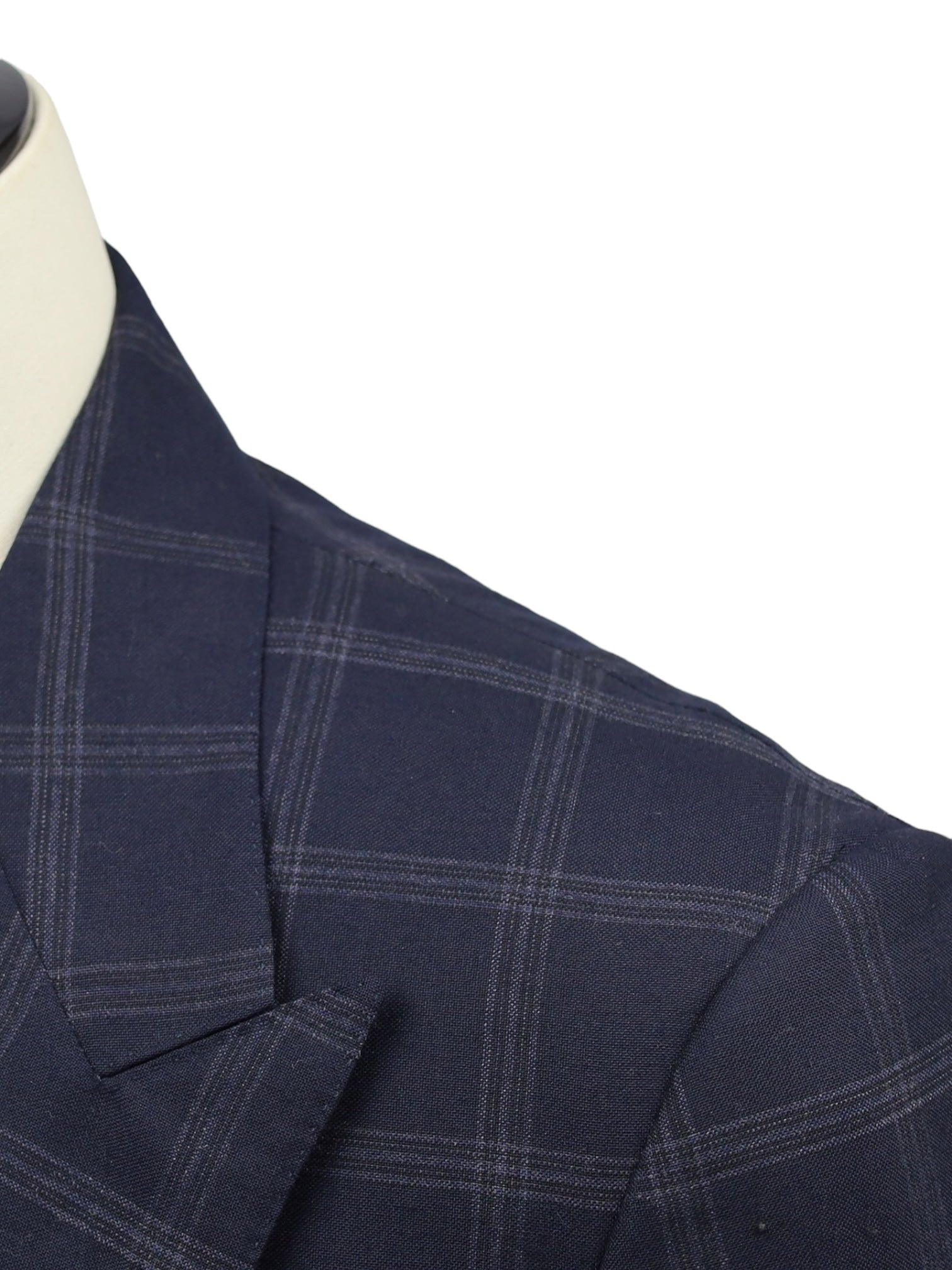
Roped Shoulders
A roped shoulder - or sleeve - head describes the bumped shape or ridge of the sleeve’s attachment to the shoulder. The higher it is, the more imposing the shoulder line appears. This can often be found in iconic British tailoring.
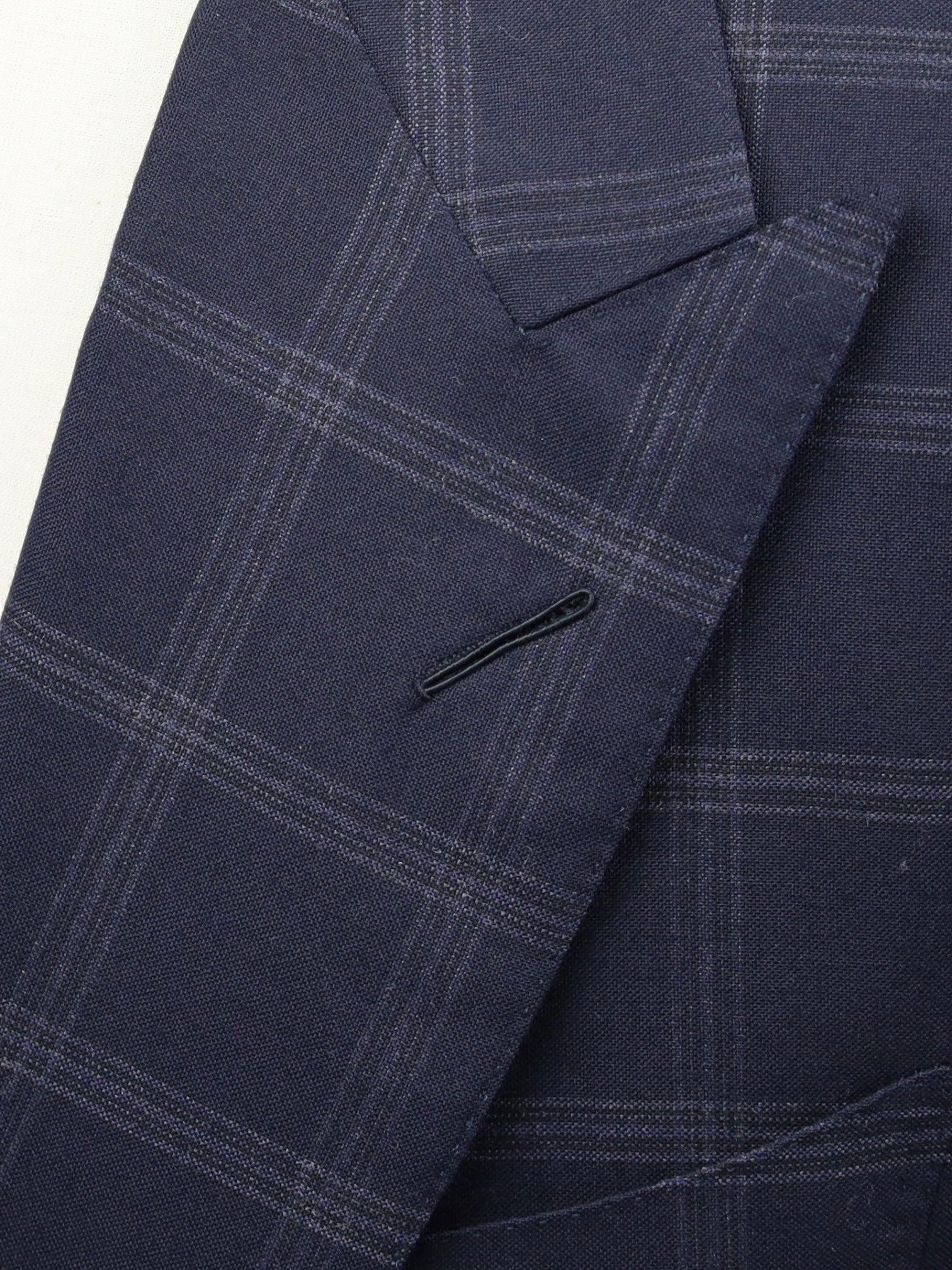
Long Milanese Buttonhole
The elegant, longer brother of the Milanese. With its thin and extra long gimp cord inside, this is one of the most challenging buttonholes to make by hand. Even a highly skilled tailor will take about 20 minutes to finish it.
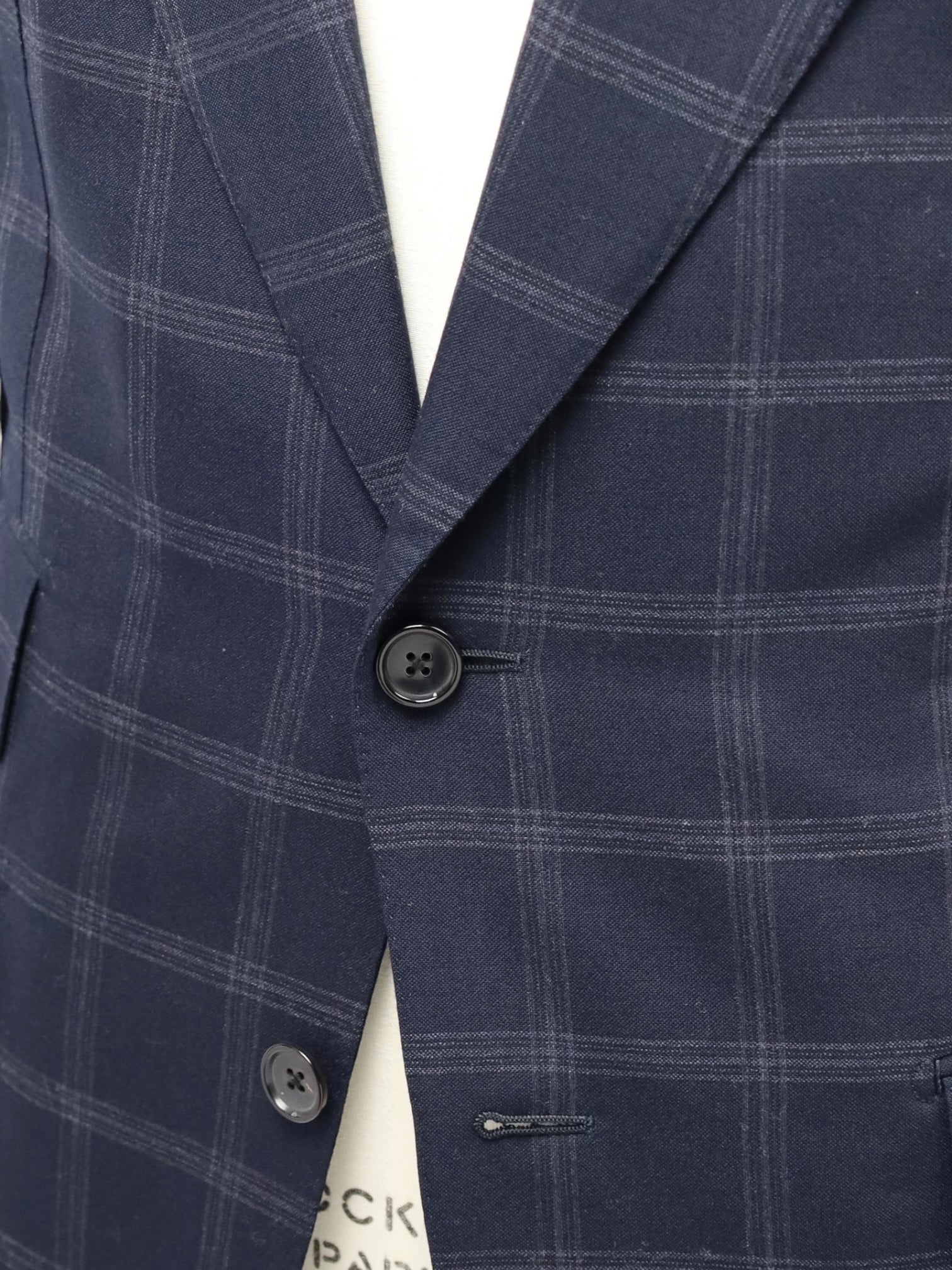
Two-Button Closure
The jacket has a two-button closure which keeps the profile neat.
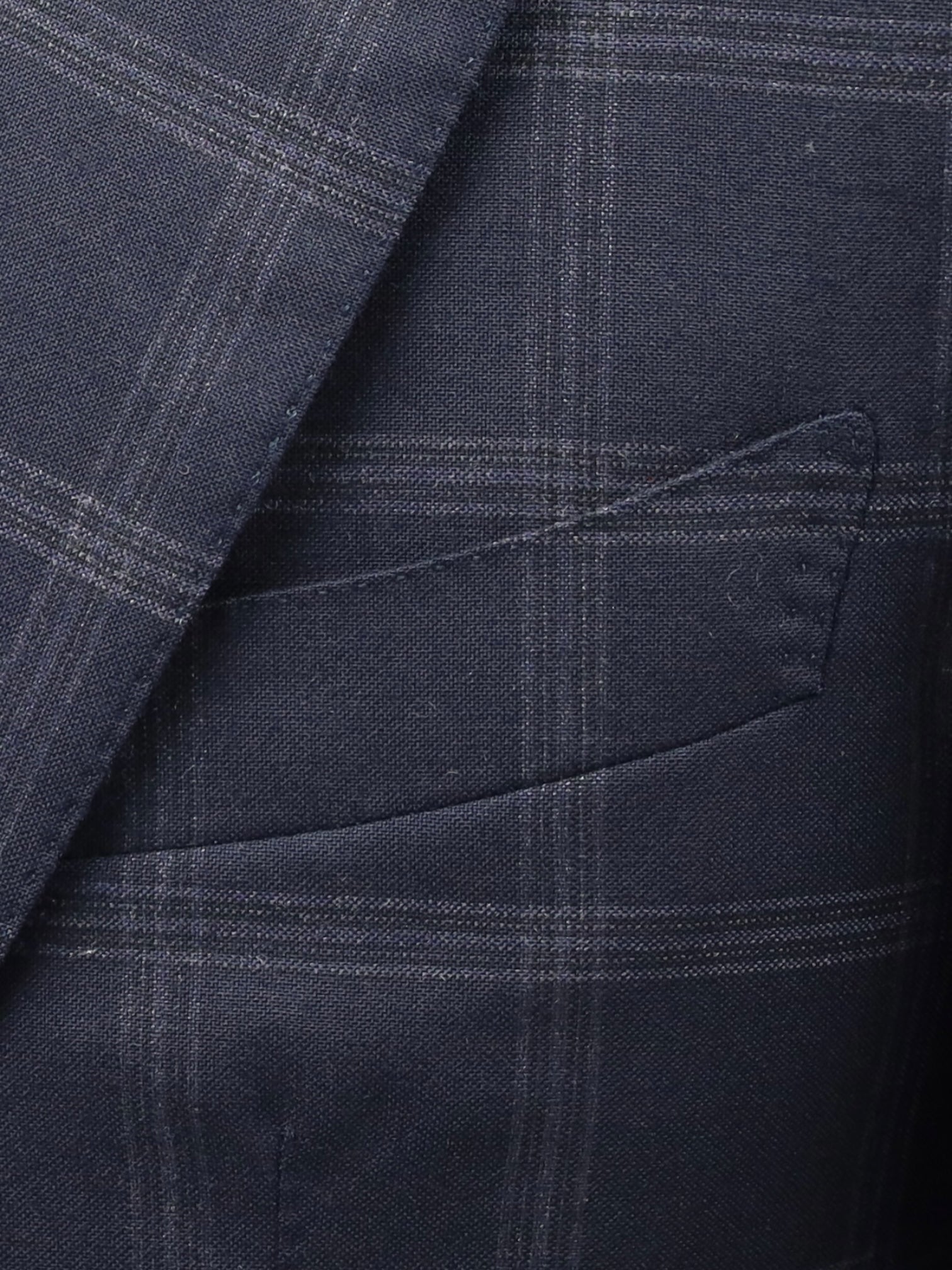
Barchetta Chest Pocket
The barchetta chest pocket is not only curved and blunted, as in the southern Italian style, but the corner is rounder right off.
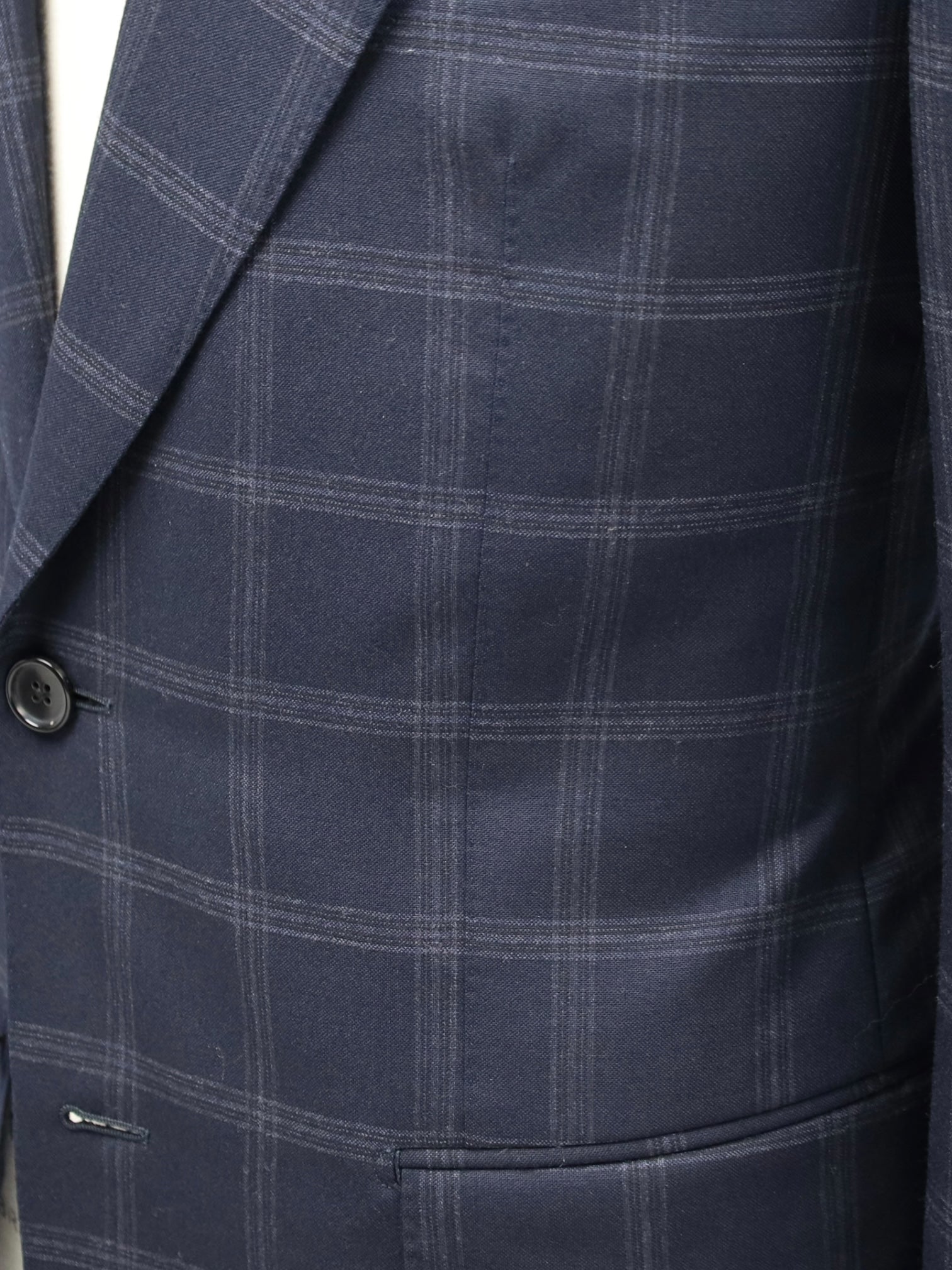
Darts
The tailors adds two darts - think of them as pinched seams - to ensure the jacket’s body achieves a slim silhouette. The process, called mezzo punto riprese, is done entirely by hand.
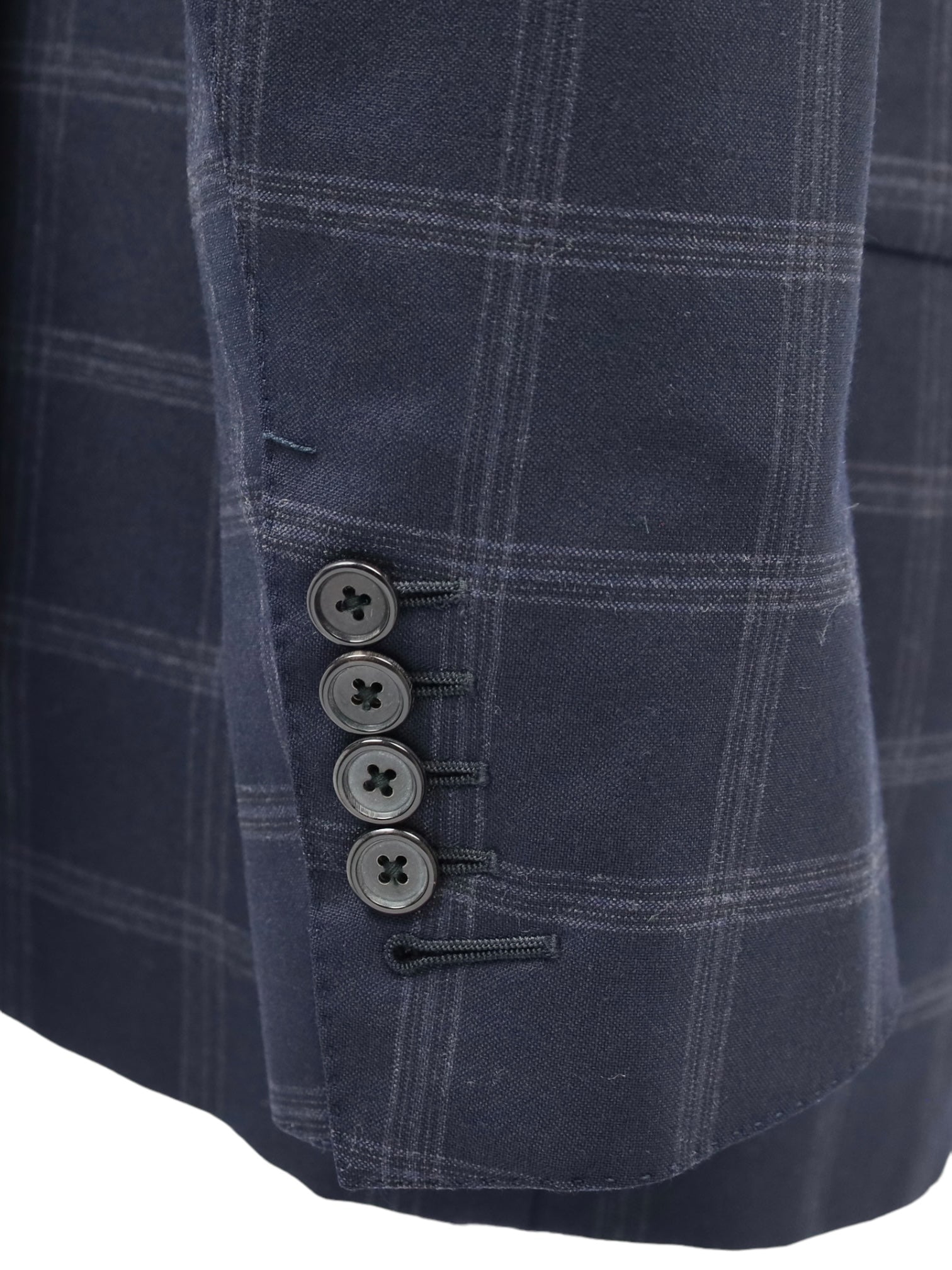
Buttons and Buttonholes
5 functioning horn buttons at the end of the sleeve, with a larger 5th button opening - a quintessential Tom Ford Detail. Even this step, apparently the simplest, is treated with an abundance of detail. Attaching the buttons is a job that requires patience and must be completed to perfection.
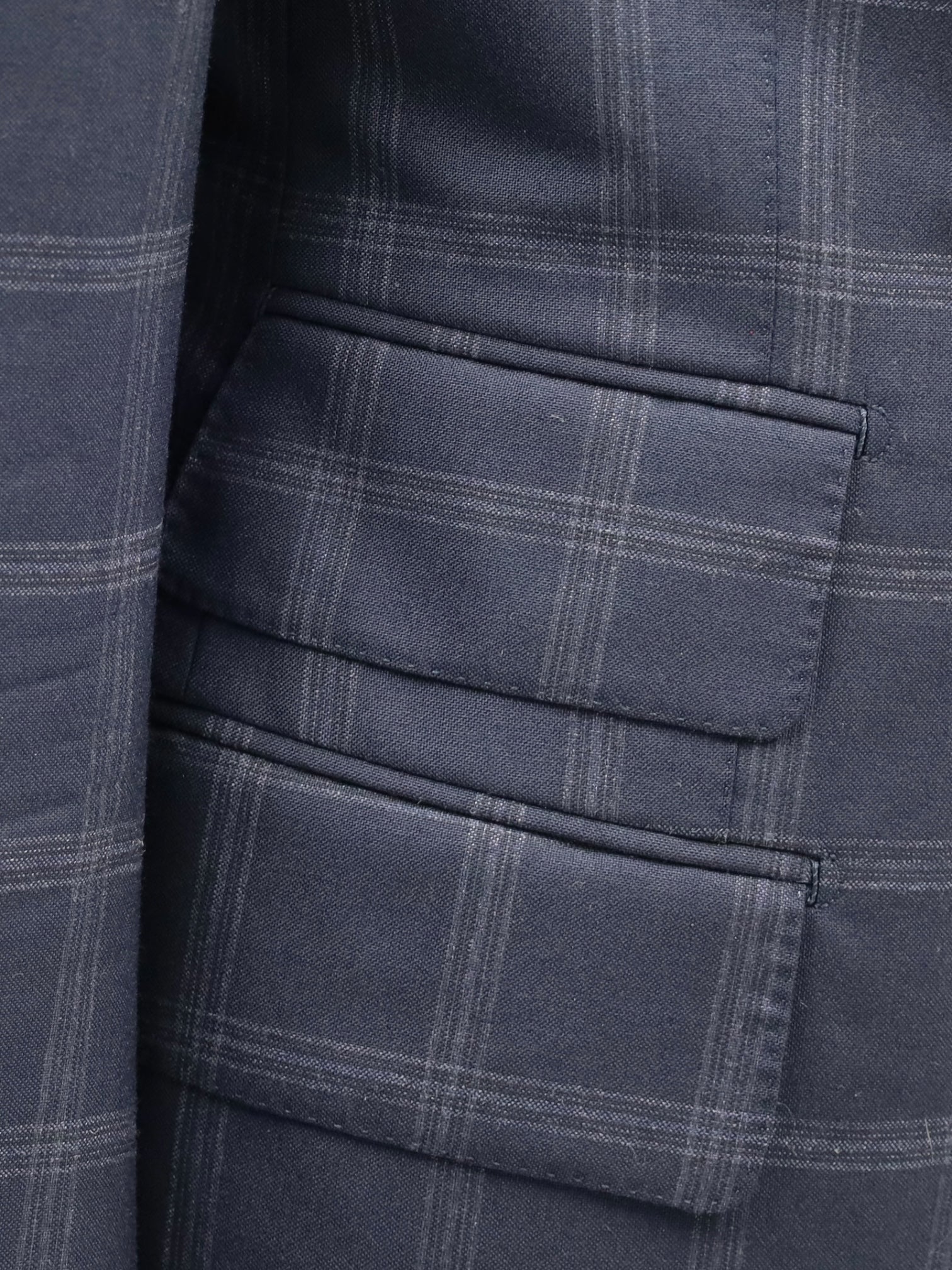
Ticket Pocket
The ticket pocket, also known as change pocket, has an old British history. At first it wasn’t even used to store a ticket, as the name indicates today. It became useful before the huge popularity of the railroad, as it was placed on the jackets of equestrians who needed quick access to coins at toll points. Allowing gentlemen to keep their jackets buttoned, this exterior pocket held cash in an extremely convenient way. Ticket pockets were a staple on men’s sturdy country suits before they adapted into the urban suits men wore to commute on a daily basis.

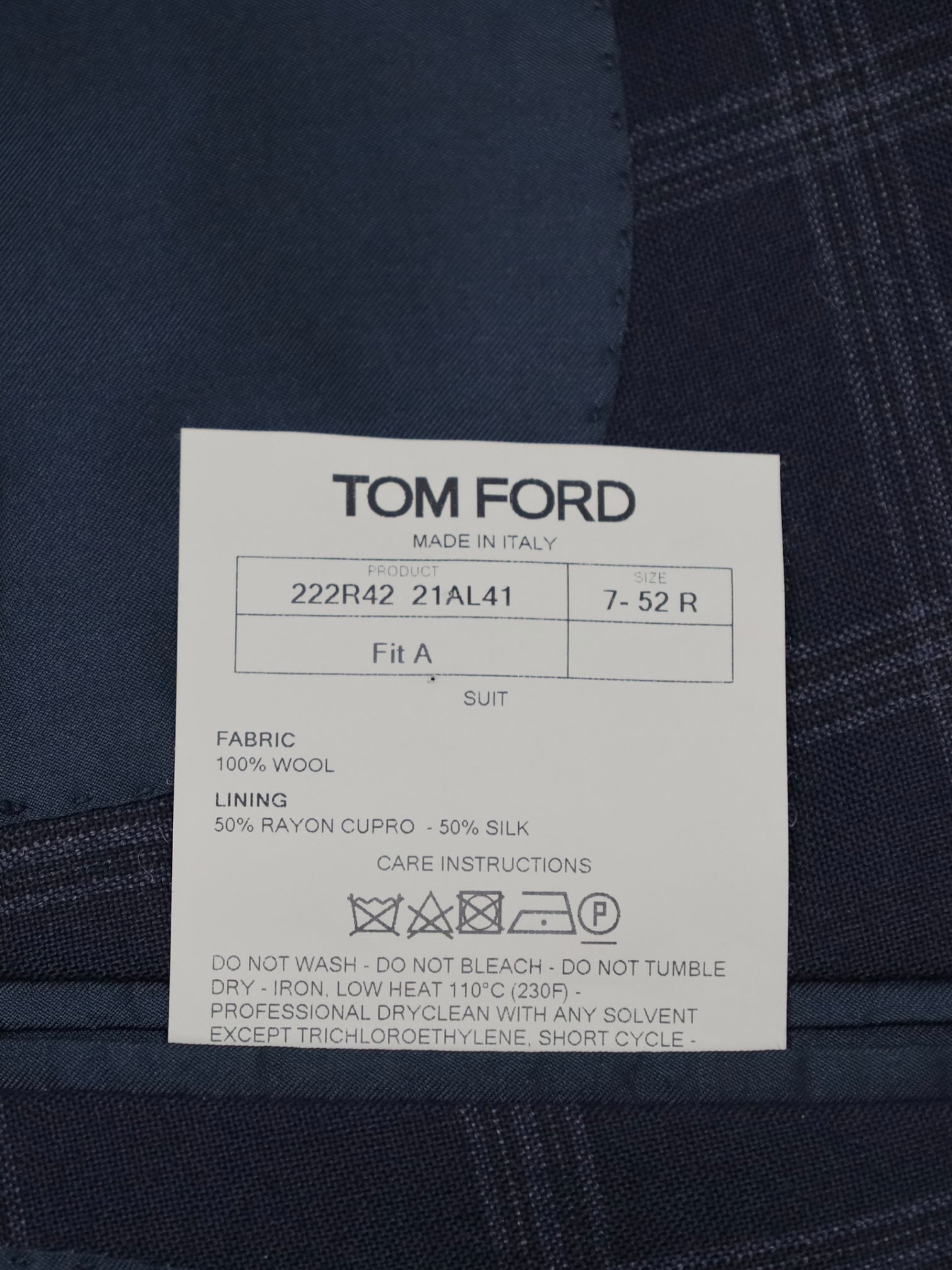
size
52 IT / 42 US / Large


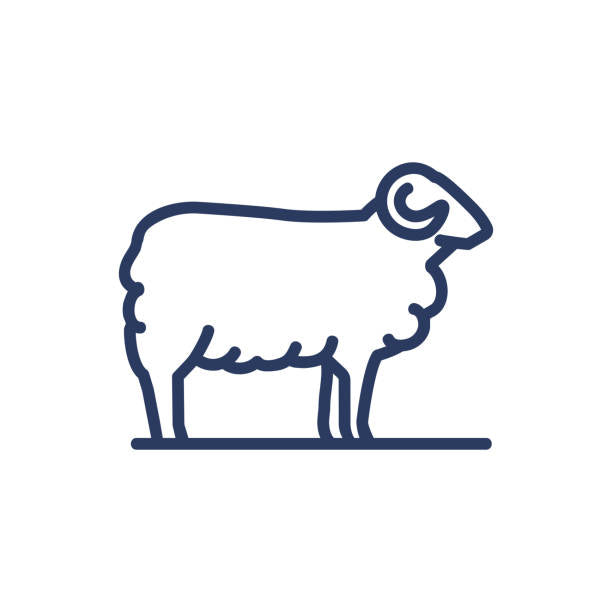 Materials
Materials